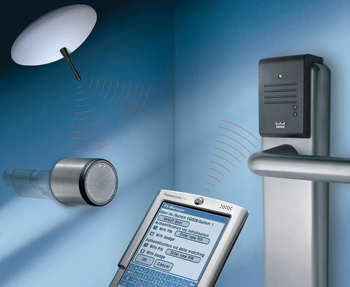
TIM KEMPSTER, managing director of Wrightstyle*, emphasises the need for stricter fire regulations to avert factory tragedies that have cost hundreds of lives in the past.
FIRE safety is a subject that Wrightstyle knows quite a lot about, with its advanced systems continuing to be specified internationally. It is, therefore, aware of the huge variation in fire regulations between different jurisdictions, and the patchy way that those regulations are sometimes monitored and enforced.
Wrightstyle has sometimes felt compelled to raise some of those concerns. Perhaps, most notably, Wrightstyle changed its fire certification methodology in one Middle Eastern country, because some architects were taking project-specific Wrightstyle certificates, copying them, and then applying them on other projects for which the fire test certificate might not be appropriate.
Wrightstyle has also written about the appalling textile factory tragedies in Bangladesh and other industrial fires elsewhere. Like most catastrophic fires, it’s likely cause was something minor – most likely a spark from an electrical short-circuit.
And all that is required in most cases is effective fire and building regulations being robustly applied – everything from building design and construction to tested alarms and suppression systems, such as sprinklers.
But containment is also a key factor to prevent the fire spreading from its original location. Those protective barriers, often external curtain-walling or internal glass screens, also serve to provide escape routes for the building’s occupants.
Wrightstyle has invested significantly in research and design in both its internal and external systems – curtain-walling, fire screens and fire doors – developing technically-advanced products and systems that have overcome the limitations inherent in the glass itself.
Around the developed world, more stringent building and fire regulations have led to architectural and design teams taking a multi-disciplinary approach to assessing hazards: positively addressing the possible risks against that building’s occupants, structure, resources and continuity of operations. That assessment then guides the design team in determining acceptable risks and the effectiveness of the safety measures proposed.
In developing countries, the safety dynamic is changing – mainly driven by large corporations implementing better supply chain management, and insisting on more stringent safe and ethical working conditions.
But the demands of Western retailers and the buying public are largely cost-driven; and squaring the circle of price, worker safety and the wider environment is a constant challenge. As textile factories across Asia step up production, it is hoped that fire regulations will be better served by stricter monitoring – and that, inch by inch, the lessons of fire safety become embedded in more jurisdictions worldwide.
*Wrightstyle, a leading UK steel and aluminium glazing company, supplies its fire-rated systems internationally.





















_0001.jpg)


.jpg)
















.jpg)








.jpg)


